he Nvidia GeForce RTX 5090 has landed, and it’s not just an upgrade; it’s a seismic shift in the landscape of consumer graphics. This behemoth of a GPU, the first fruit of the Blackwell architecture, is a testament to Nvidia’s unwavering pursuit of performance, pushing the boundaries of what we thought was possible. But with a price tag that could rival a decent used car and power consumption that would make a Tesla blush, is this titan of a graphics card truly necessary? Let’s don our lab coats, grab our thermal imaging cameras, and dissect this technological marvel with the meticulousness of a semiconductor physicist.
Nvidia GeForce RTX 5090
The Beast
The unboxing experience itself is an event. The RTX 5090 Founders Edition arrives in a sleek, minimalist package, its design hinting at the technological prowess within. Lifting the card, the first thing you’ll notice is its surprisingly manageable size. Gone is the bulky triple-slot design of its predecessor, replaced by a svelte dual-slot form factor that feels almost delicate in comparison. Nvidia’s engineers have achieved this feat through an innovative segmented PCB design, allowing for improved airflow and a smaller footprint. The iconic GeForce RTX logo and X strips illuminate with a subtle white backlighting, a touch of elegance that avoids the gaudiness of RGB overkill.
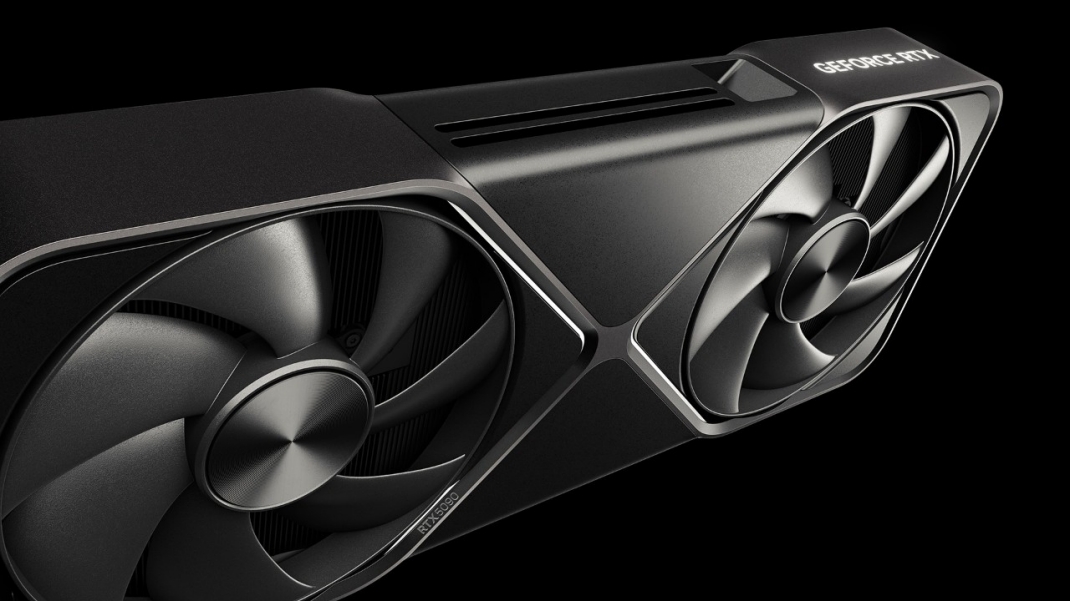
But don’t let the refined aesthetics deceive you. This card is a power-hungry behemoth, demanding a staggering 575W TDP. Nvidia includes a somewhat comical 4-to-1 8-pin adapter, but let’s be realistic, you’ll need to invest in a robust ATX 3.0 PSU with at least 1000W to keep this beast satiated. Consider it the price of admission to the realm of extreme performance.
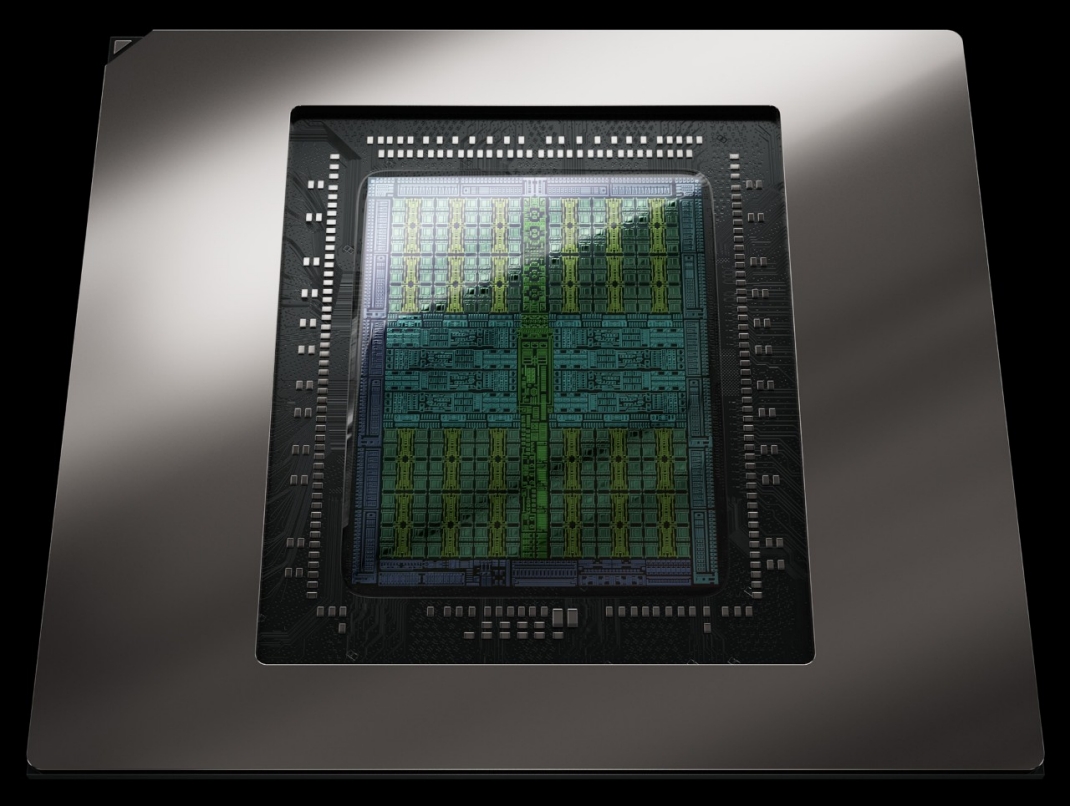
A Symphony of Silicon: Deconstructing the RTX 5090’s Architecture
The RTX 5090 is not just a brute force upgrade; it’s a carefully orchestrated symphony of architectural advancements. Let’s delve into the key innovations that make this GPU a generational leap forward:
- GDDR7 VRAM: The headline feature, GDDR7 VRAM marks a new era in graphics memory technology. With significantly higher bandwidth than its predecessors, GDDR7 paves the way for true 8K gaming, a realm previously reserved for those with deep pockets and a willingness to compromise on visual fidelity.
- PCIe 5.0 x16 Interface: Another groundbreaking inclusion, PCIe 5.0 provides an unprecedented amount of bandwidth, ensuring that the RTX 5090 won’t be bottlenecked by the system’s interconnect. This future-proofs the card, allowing it to handle the ever-increasing demands of next-generation games and applications.
- CUDA Core Abundance: With a staggering 21,760 CUDA cores at its disposal, the RTX 5090 can handle even the most computationally intensive tasks with ease. From complex physics simulations to real-time ray tracing, this GPU is a powerhouse of parallel processing.
- Ray Tracing Renaissance: The upgraded ray tracing cores, now more efficient and powerful than ever, deliver breathtakingly realistic lighting and reflections in games. Immerse yourself in worlds where light behaves as it does in reality, with shadows, reflections, and refractions rendered with stunning accuracy.
- AI-Powered Visual Alchemy: DLSS 4, powered by a new transformer AI model, takes image upscaling to new heights. This technology analyzes the scene and intelligently generates new pixels, delivering sharper visuals and higher frame rates without sacrificing image quality. It’s a game-changer for those who want the best of both worlds: high resolution and smooth performance.
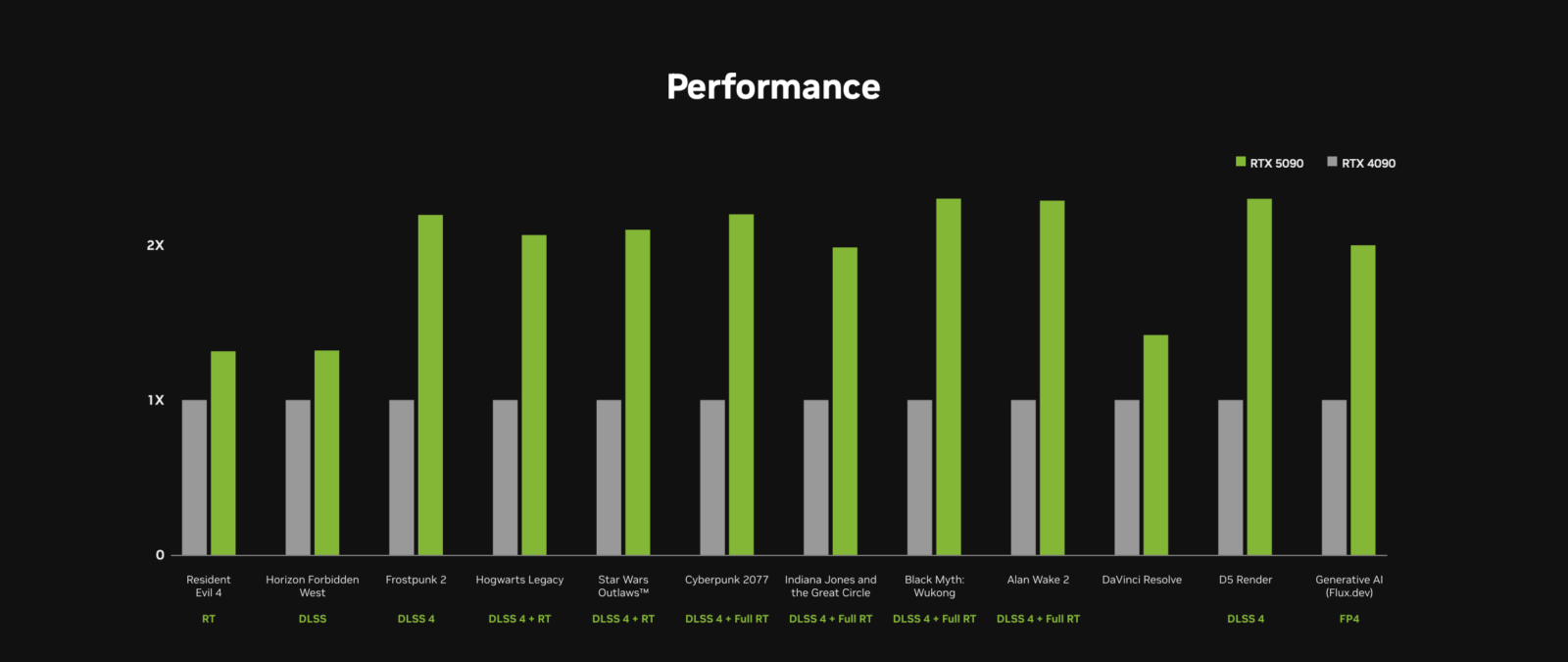
Performance Nirvana: Benchmarking the Behemoth
The RTX 5090’s performance is nothing short of spectacular. In synthetic benchmarks, it obliterates the competition, showcasing its dominance in 3DMark tests and Geekbench compute scores. Content creators will rejoice at the significant performance uplift in 3D rendering applications like Blender, where the RTX 5090 renders complex scenes with breathtaking speed. While video editing performance remains relatively unchanged compared to the RTX 4090, this is likely due to CPU bottlenecks rather than limitations of the GPU itself.
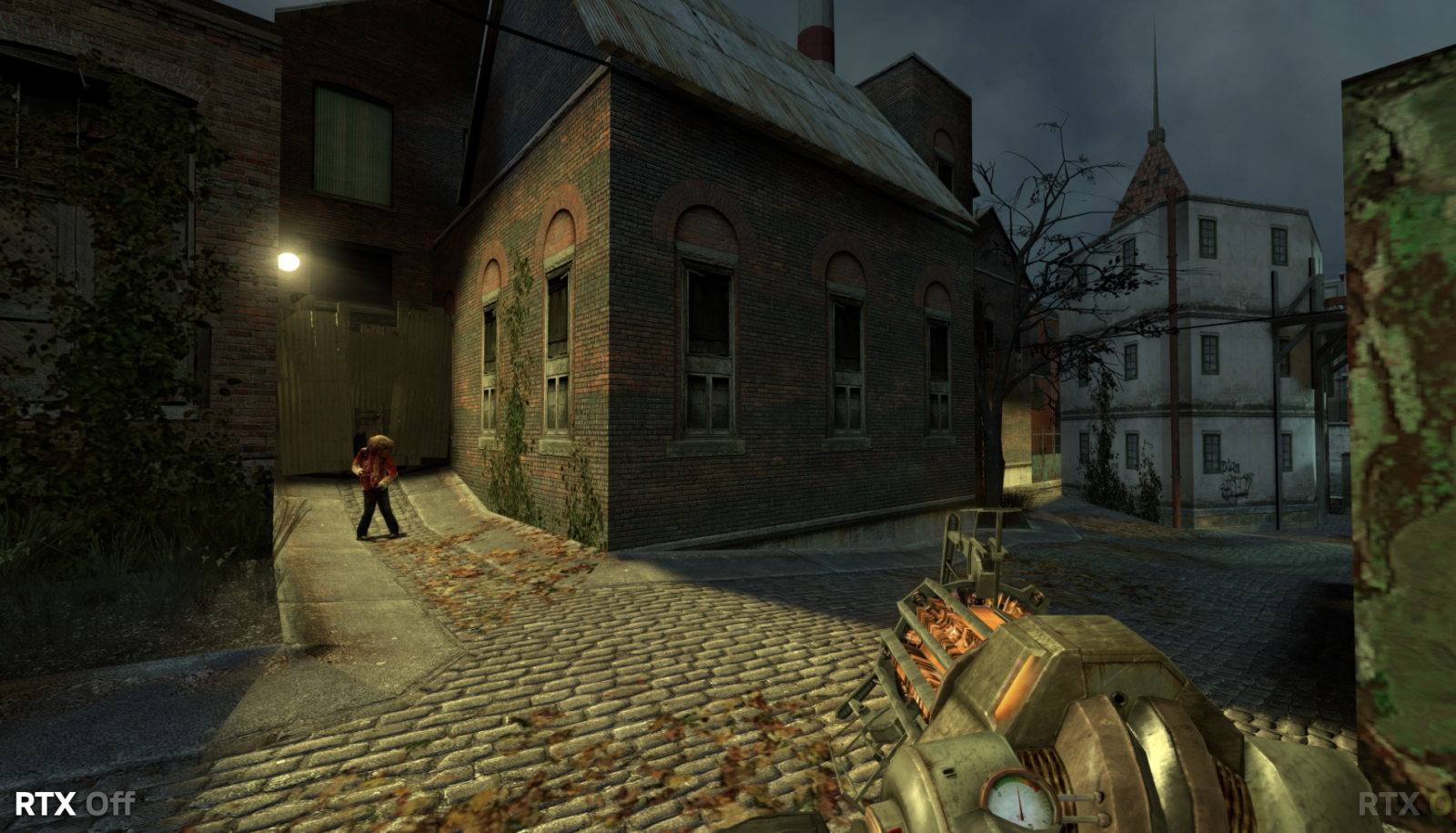
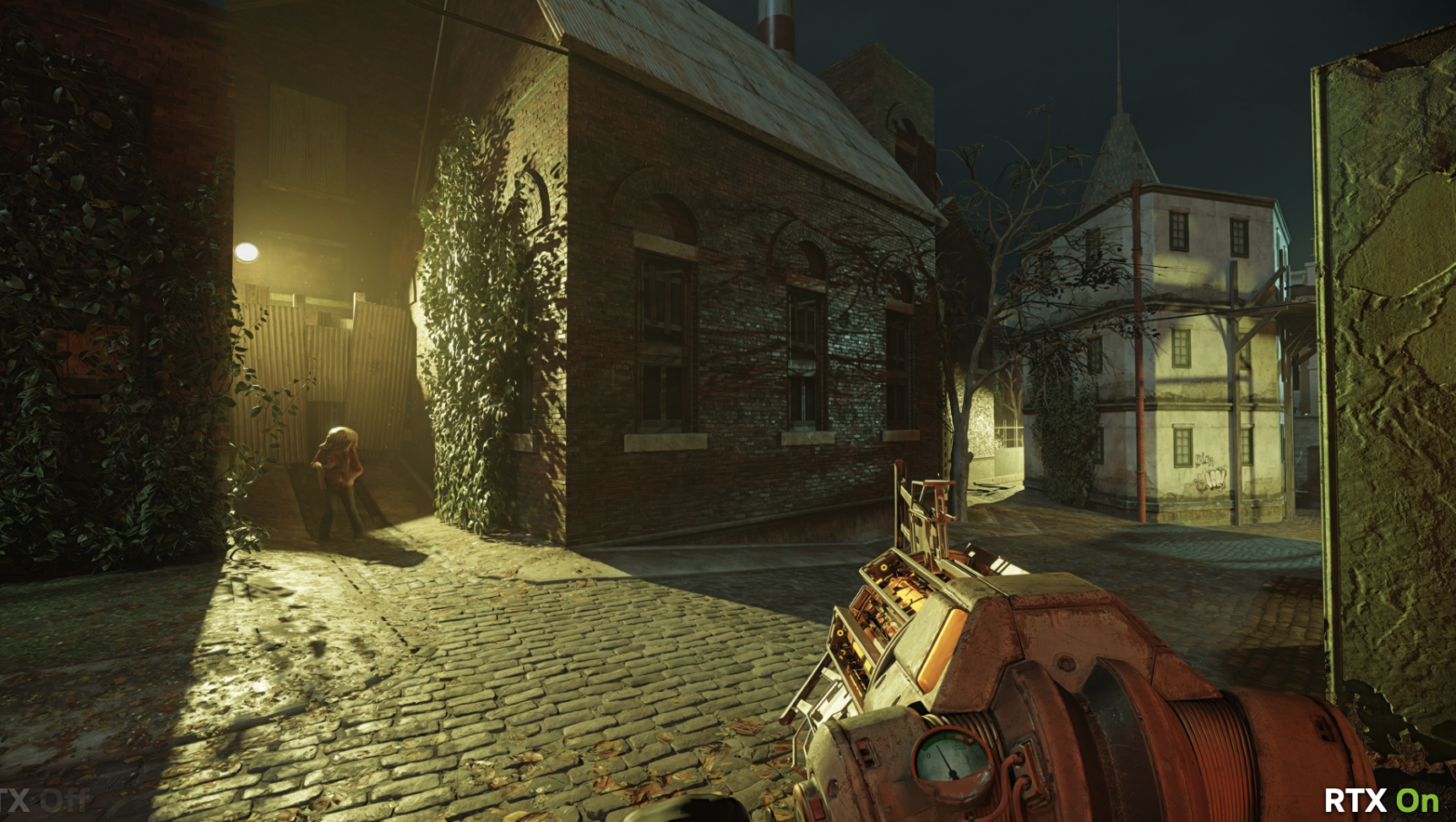
But the real magic happens when we unleash the RTX 5090 on the latest games. At 4K resolution, the card delivers buttery-smooth frame rates, even with ray tracing cranked to the max. DLSS 4 further enhances performance, pushing frame rates into the stratosphere while maintaining stunning visual fidelity. 8K gaming, once a distant dream, is now a tangible reality, thanks to the RTX 5090’s raw power and next-gen memory technology.
Here’s a deeper dive into the benchmark results:
- Synthetic Benchmarks: The RTX 5090 consistently outperforms the RTX 4090 in 3DMark tests, with gains ranging from 20% to 50% depending on the workload. In Geekbench compute tests, the RTX 5090 demonstrates its prowess in AI and compute-intensive tasks, achieving scores up to 50% higher than its predecessor.
- Content Creation: In Blender, the RTX 5090 delivers a significant performance boost, rendering complex scenes 30-40% faster than the RTX 4090. This translates to real-world productivity gains for 3D artists and animators.
- Gaming: At 4K resolution, the RTX 5090 achieves frame rates that were previously unimaginable. In demanding titles like Cyberpunk 2077 with ray tracing enabled, the RTX 5090 delivers a smooth and immersive gaming experience. DLSS 4 further enhances performance, allowing gamers to push frame rates even higher without sacrificing visual quality. 8K gaming is now a viable option, with the RTX 5090 capable of delivering playable frame rates in select titles.
Thermal Dynamics: Taming the Inferno
With great power comes great heat, and the RTX 5090 is no exception. Its 575W TDP generates a significant amount of heat, requiring a robust cooling solution to keep temperatures in check. Nvidia’s engineers have risen to the challenge, designing a dual-flow through cooler that effectively dissipates heat while maintaining reasonable noise levels. However, it’s crucial to have adequate case airflow to ensure that the heat generated by the RTX 5090 doesn’t turn your PC into a sauna.
Overclocking: Pushing the Limits
For enthusiasts seeking to extract every ounce of performance from the RTX 5090, overclocking is a tempting proposition. The card offers decent overclocking headroom, allowing for further performance gains. However, it’s essential to proceed with caution, as excessive overclocking can lead to instability and potentially damage the card.
The Price of Power: Is the RTX 5090 Worth It?
The RTX 5090’s $1,999 MSRP is a significant investment, and that’s before factoring in potential price hikes from AIB partners and scalpers. This card is undeniably an enthusiast-grade product, aimed at those who demand the absolute best, regardless of cost.
But is it worth the investment? For gamers, the answer is nuanced. While the RTX 5090 delivers unparalleled performance, 8K gaming remains a niche market, and most gamers will be perfectly content with a less expensive card that can handle 4K gaming with ease.
For creators and AI researchers, however, the RTX 5090 is a compelling proposition. The significant performance gains in 3D rendering and AI workloads can translate to real-world productivity benefits, making the investment more justifiable.
The Verdict: A Colossus of Performance, A Harbinger of the Future
The Nvidia GeForce RTX 5090 is a technological marvel, a testament to human ingenuity and the relentless pursuit of performance. It’s a card that pushes the boundaries of what’s possible, delivering a glimpse into the future of gaming and graphics technology.
But it’s also a card that’s undeniably overkill for most users. Its exorbitant price tag and power consumption make it a luxury item, reserved for those with deep pockets and a thirst for the absolute best. If you’re a gamer who’s content with 4K gaming, there are more affordable options that will serve you well. But if you’re a creator, an AI researcher, or simply an enthusiast who demands the pinnacle of performance, the RTX 5090 is the undisputed king of the hill.







